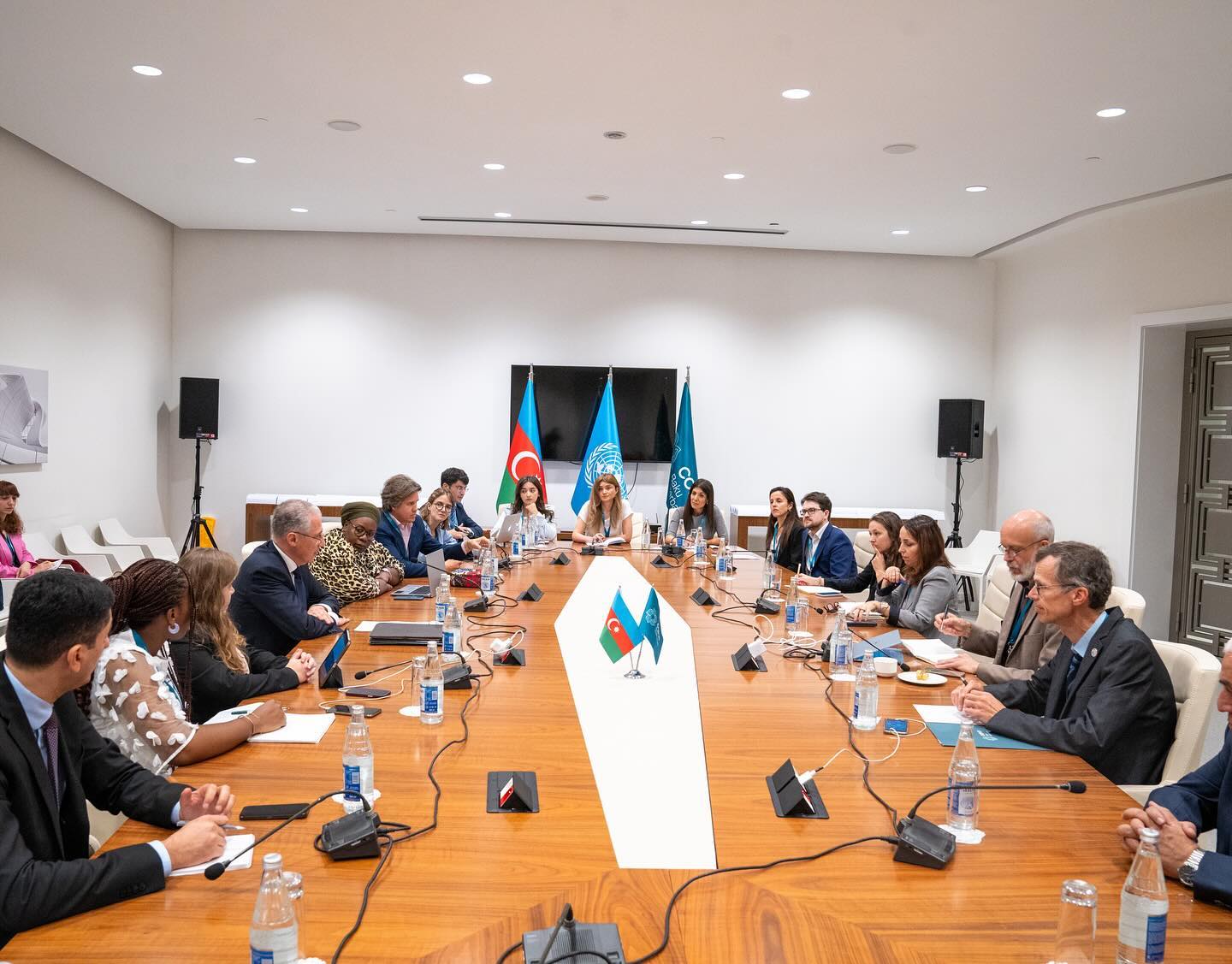Meet the “constituencies”, groups of observers at the COP demanding climate justice
Nine groups are officially part of the United Nations Framework Convention on Climate Change (UNFCCC). Among them are 96 Brazilian non-governmental organizations.

By Mayara Souto / mayara.souto@presidencia.com.br
The United Nations Framework Convention on Climate Change (UNFCCC) process has three categories of participants: representatives of Parties to the Convention - observer states, press and media members, and observer organizations. Among the observer organizations, there are non-governmental organizations, which are organized into nine “constituencies” — thematic groups made official by the United Nations Framework Convention on Climate Change (UNFCCC). These nine categories were officially recognized in the outcome report issued at Rio+20, “The Future We Want”, as key players in the implementation of sustainable development actions.
Some of the “constituencies” themselves are commonly known during the COPs by their acronyms in English. They are: Environmental Non-Governmental Organizations (Organizações Não Governamentais Ambientais/ENGOs), Business and Industry NGOs (Negócios e Indústria/BINGOs), Research and Independent Non-Governmental Organizations (Organizações Não Governamentais Independentes e de Pesquisa/RINGOs), Trade Union Organizations (Organizações Sindicais/TUNGOs), Youth Organizations (Organizações de Juventude/YOUNGOs), Indigenous Peoples Organizations (Organizações de Povos Indígenas/IPOs), Municipal and Local Government Authorities (Autoridades Municipalistas e de Governo Local/LGMAs), Farmers and Women and Gender (WGC) constituencies.
Two of these groups emerged in conjunction with the COP: ENGOs and BINGOs. Jacobo Ocharan, a member of the Climate Action Network (Rede de Ação Climática/CAN) and a member of ENGOs, explained that the group has changed over the last three decades:
“We still have the title of environmental NGOs, but we have expanded our work to include all organizations with an environmental interest and a rights-based approach,” said the environmentalist during the Petersberg Climate Dialogue, a preparatory meeting for COP 30, which took place in March in Berlin, Germany.
From COP 1, held in Berlin, Germany, in 1995, other groups began to be incorporated. In this edition, the UNFCCC included the constituency of Local Government and Municipal Authorities (LGMA) as an observer in the climate debates.
"The group represents the voice of cities, towns, and regions in the UN climate process. And, in this sense, it is the constituency calling for action, at different levels, on urbanization as part of climate action. We have been recognized in the Paris Agreement, the Glasgow Pact, and the UAE Consensus. We are open to the collaboration of local and regional governments of all sizes around the world, so that we can unite for a better world, for our cities, for our nations, and the world," explained Yunus Arikan, who is the LGMA's focal point, also in Petersberg.
Each “constituency” is itself represented and organized by a “constituency focal point” (CFP), who is a person responsible for representing the group and facilitating relations with the UNFCCC secretariat. To find out the names and contacts, check out the UNFCCC website at this link.
More voices
The Indigenous Peoples NGO group (IPO) was made official as a constituency at COP 7 in Morocco in 2001. The group works to develop common positions in the indigenous peoples' declaration, as well as lobbying negotiators during UNFCCC meetings.
Then, at COP 9 in Italy in 2003, the Independent Research Institutes (RINGO) joined the category, and at COP 14 in Poland in 2008, the Trade Union NGOs (TUNGO).
"I represent workers who are seriously affected by the climate crisis. We are the voice of these workers in the climate negotiations, and we are very sure of our demands. We demand a just transition for workers, their families, and communities. Everyone knows that climate justice is the key to successful climate policies and can be implemented with workers, through social dialogue and engagement," argued Bert De Wel, focal point of the Trade Union Constituency, who also attended the event in Petersberg.
In 2011, at COP 17 in South Africa, the Youth (YOUNGOs) and Women and Gender (WGC) constituencies were created.
"We fight for justice for women and gender equity in all climate actions. And this year, we are going to focus on the Gender Action Plan, ensuring that all climate action truly includes women, gender diverse people, LGBTQIA+ people, and men. And ensure that everyone benefits equally from any climate justice action that is taken," said Pat Bohland, from the Women's Constituency, at the Climate Dialogues forum. According to the activist, for COP 30, the Constituency leadership will be the Latin American Feminist Group, once the conference takes place on the continent in November.
In total, nine “constituencies” include 3,956 non-governmental organizations, according to data from the last COP last year.
Since 2016, the UNFCCC Secretariat has recognized three non-governmental groups that contribute to the COP debates: Faith-Based Organizations (As Organizações de Fé/FBOs), Education, Communication and Engagement Organizations (Organizações de Educação, Comunicação e Engajamento/ECOs), and Parliamentarians. They do not have all the prerogatives that the constituencies have, but they also attend meetings and receive a more limited number of credentials.
Scenario
In Brazil, 96 NGOs are part of the nine “constituencies” and another 101 institutions compose the informal modality. According to reports from the UNFCCC, Brazilians are the majority (58%) of environmental NGOs and occupy a significant share (18%) of Independent Research and Business and Industry (11%).
Organizations from all over the world can apply to register as observer organizations, following the procedures laid down by the UNFCCC. It is necessary to fill in a form, which will be analyzed by the UNFCCC Secretariat.
Data from the UN Secretariat shows that COP28, in the United Arab Emirates, was the one that admitted the most NGOs, with 595 institutions. In second place was COP26, in the United Kingdom, with 513 admissions, and in third place was COP15, in Denmark, with 344 new observer NGOs.
English version: Trad. Bárbara Menezes
Proofreading by Enrique Villamil

